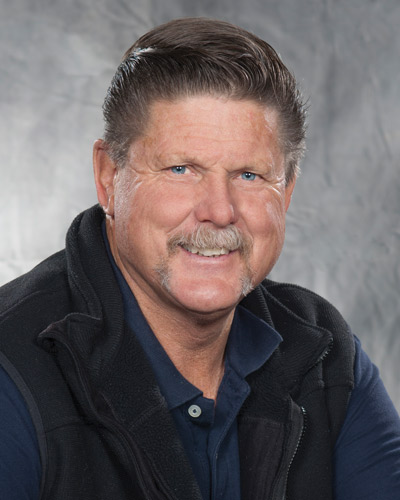You can make little things in your farrier business go a long way in ensuring your success. A farrier business is a service-based business, and it is important to pay attention to more than just nailing shoes on feet. Here are some tips on little things that cost you nothing, but go a long way to ensure a successful farrier business.
-
Clean Up The Foot. Clean up and dress your finished product, the hoof. Whether it is a trim or a shoeing, the foot should look clean and neat. Fill the old nail holes with plastic wood, use a foam pad to clean the wall and dress the foot with hoof dressing. The finished foot is your best business card.
-
Clean Up The Area. Leave the trimming/shoeing area clean when you leave. Use a magnet to pickup nails and sweep or rake the area to pick up manure, pad material, hoof trimmings and anything else that is left from your work.
-
Take Notes. Take notes of more than just the shoeing. Get the name of the horse, the owner and any relevant facts that will tell the client that you care about them and consider them special. When you leave one client, stop at the end of the driveway and review your notes on your next client.
-
Clean Your Vehicle. Keep your shoeing vehicle clean, neat and free of non-shoeing items. Your vehicle should not look as if shoeing is an after thought and not a profession. Bales of hay, roping dummies and other debris will take away from your professional image.
-
Initiate Positive Phone Calls. When a client voices concerns about their horse and your shoeing will help the horse, make a phone call to them a few days later to see how the horse is doing. This positive phone call tells clients that you care about them and their horses.
-
Make Recommendations. Be proactive in the care of the horse or the owner. Recommend articles or clinics that would be of interest to the horse owner. Reprint articles or direct your clients to a website with information that would be of use to them and their horses.
-
Candor In Language. Know what you can and cannot do for the horse and the owner. Make sure that your stated promises are understood and obtainable. It may be good for your ego when the client thinks you can fix anything but it won’t be good for the relationship when you can’t.
-
Make Service Suggestions. Again, be proactive. Suggest hoof dressings, hoof disinfectants and anything else you think would be of benefit. If the horse’s feet would respond better to a shoeing schedule shorter than 8 weeks bring this up to the customer with a professional discussion of the benefits. Suggest different shoes if you think the horse would benefit from them. Don’t forget: Clients won’t care how much you know until they know how much you care.
-
Intercept Problems. If your client has kids and dogs running wild around and through the shoeing area and this is a problem for you (or will be a problem) address it immediately and professionally. If the shoeing conditions are not acceptable to you, talk to the client. Have these conversations before they become problem that causes you to lose a client and a bit of your reputation.
-
Accept Responsibility. It’s not a matter of if things can go wrong in your farrier practice. They will, so be prepared. Be mature and professional when things go wrong. Admit your mistakes and fix things to the client’s satisfaction, if possible.







